Miracle #1; Miracle #2
March 18, 2018First, it was water:
a marriage festival,
a mother
asking a favor
from her son
And it came:
wine.
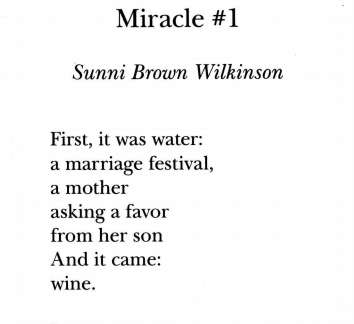
First, it was water:
a marriage festival,
a mother
asking a favor
from her son
And it came:
wine.
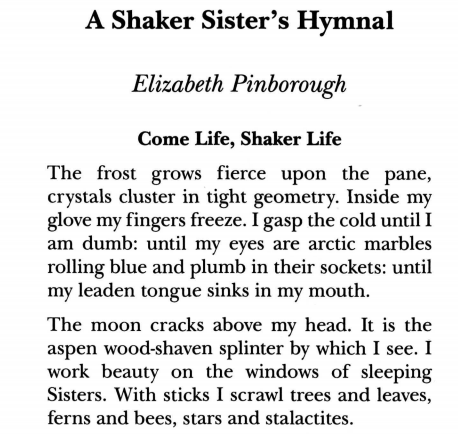
The frost grows fierce upon the pane,
crystals cluster in tight geometry. Inside my
glove my fingers freeze. I gasp the cold until I
am dumb: until my eyes are arctic marbles
rolling blue and plumb in their sockets: until
my leaden tongue sinks in my mouth.
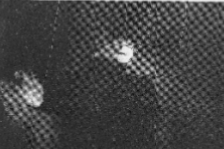
By myself, I’m driving east on 1-70, just out of Denver. I’m looking for silos. I’m also listening to jazzmeister Herbie Hancock on his new tribute-to-Joni-Mitchell CD, River. You gotta love that Herbie, I’m thinking. Tina Turner’s singing “Edith and the Kingpin,” something about victims of typewriters and how the band sounds like typewriters. I laugh. I’m one of those victims who’s emerging out of my cave where I write every day to volunteer at the Aurora Cannery, a division of LDS Welfare Services.
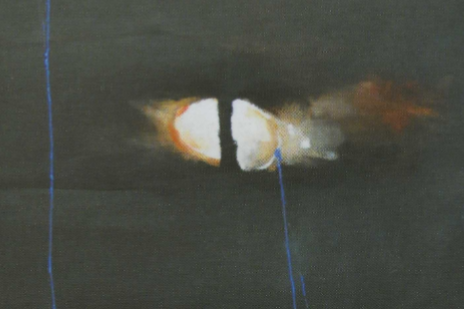
I first heard the tales of Hugh Nibley, the brilliant and eccentric LDS scholar whose fertile and fecund brain defended and expanded the faith of thoughtful Church members, virtually at my mother’s knee. I remember as a child listening rapt with wonder at the accounts of his marvelous ability with languages, his wartime service with Allied Army intelligence, and his vast knowledge of things ancient and arcane.
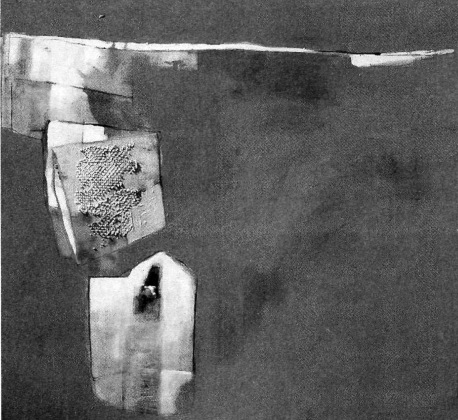
Historically, modesty of dress has had important symbolic mean-ing for leaders and members of the Church ofJesus Christ of Latter-day Saints. Brigham Young, second president of the Church, often warned women against following the “indecent”…
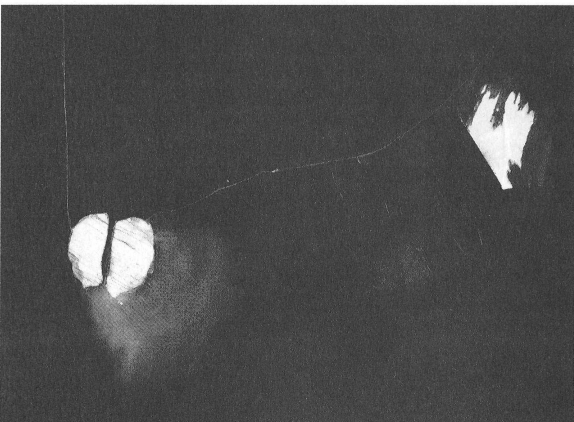
Mormon thinkers have a problem. Suppose that a Latter-day Saint were interested in learning what his or her religion has to say about some contemporary philosophical, social, or political issue. Where should a Mormon thinker begin? Consider the counter-example of Catholic intellectuals. Faced with such a question, they have the luxury of a rich philosophical and theological tradition on which to draw. They can turn to Aquinas or modern Catholic social thought and find there a set of closely reasoned propositions and arguments to apply to the questions before them. T

Ross C. Anderson, A Call for Compassion
John-Charles Duffy, Clarifying My Own Stance
Cheryl L. Bruno, Asherah Alert
Kevin L. Barney, Kevin Barney Responds
William P. MacKinnon, Rest of the Story
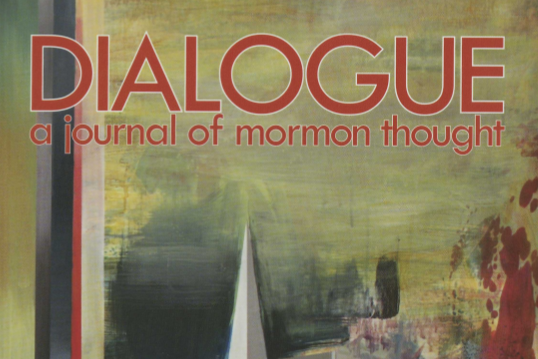
Ricky Allman was born in Provo, Utah, and studied art at Utah Valley University, Massachusetts College of Art, Brown University and Rhode Island School of Design. He now teaches painting and drawing at the University…
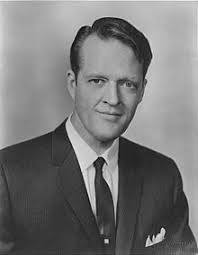
On May 5, 2009, David S. King passed away at his home in Kensington, Maryland. He would have been ninety-two in June. David’s life was extraordinary because of his exceptional career in public service and…
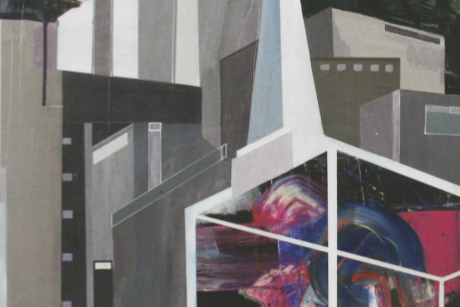
On Thursday, I hosted my first Thanksgiving dinner. My brother, my sister-in-law, and my four nephews—ages twelve, nine, seven, and twenty-two months—squeezed into the little studio that I share with two cats; and we sat around my table and ate some traditional holiday fare. I had made most of the meal, but my sister-in-law brought the turkey to cook at my apartment. My brother and sister-in-law are a bit chaotic. Because I know this about them and know how much chaos is compounded when four children are involved, I knew not to believe my sister-in-law when she told me that they would arrive at my apartment at 6:00 or 7:00 A.M. to start cooking the turkey. I just went on with my cooking and finished everything I was making before they arrived about four hours late. Since they were expected at a friend’s cabin that night, we had to flash-cook the turkey so they could eat dinner and leave before it got too late.